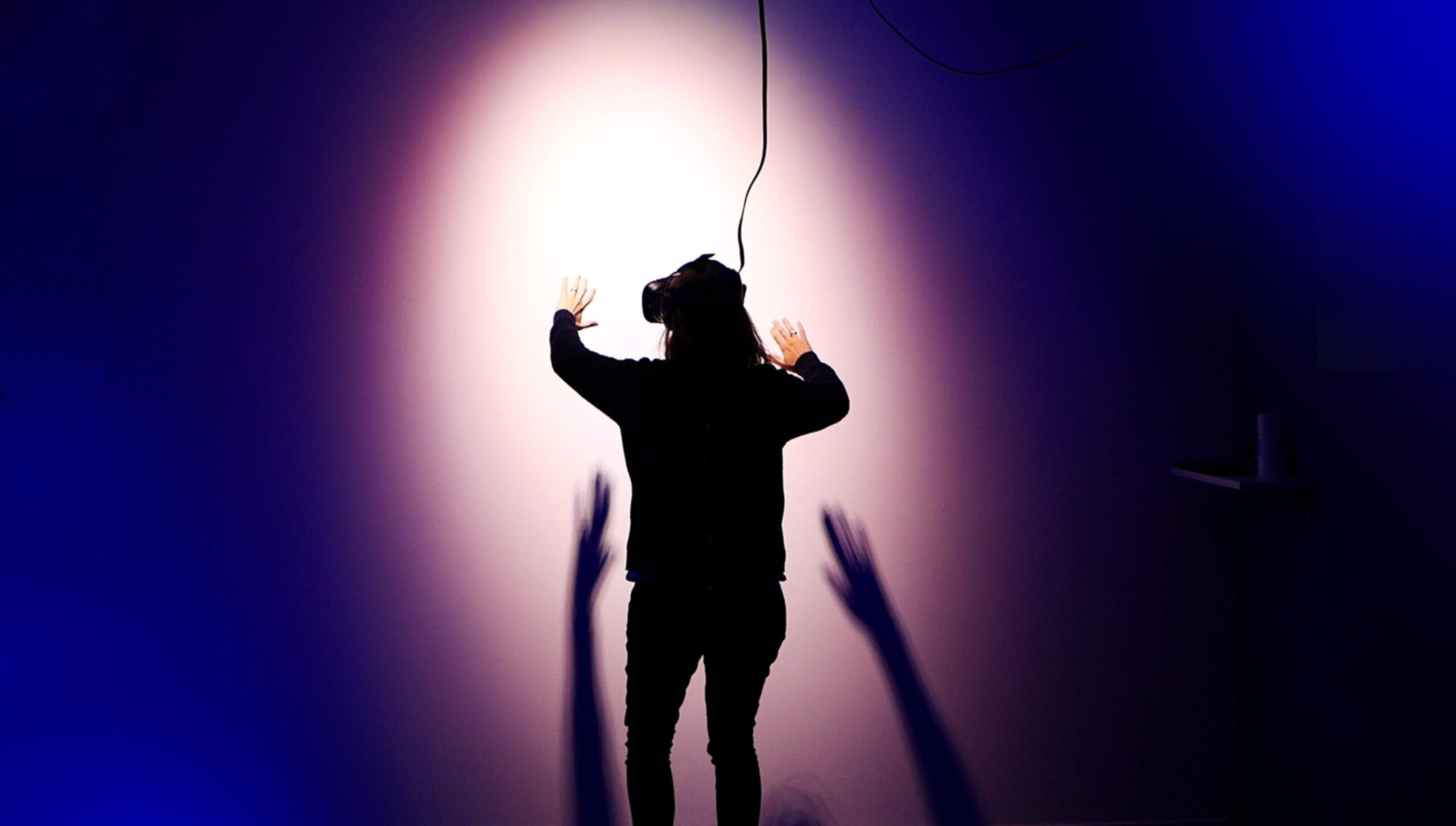What in the metaverse is going on at CES?
By Charlotte Hu | Published Jan 8, 2022 7:00 AM
At the present moment, the concept of the metaverse is teetering delicately on an edge between impractical and inevitable. For the uninitiated, the metaverse is an immersive virtual world that will serve as a form of the embodied internet. It’s a general term most commonly associated with Mark Zuckerberg’s dream of migrating social media platforms into virtual and augmented realities.
For better or worse, companies are forging ahead with a procession of new metaverse-related products (whether we want them or not) both at and beyond the 2022 Consumer Electronics Show. Here’s a lowdown of who’s making moves into the mirrorworld.
First off, fashion and beauty companies are selling visions of metaverse makeovers, in which avatars get dressed up and dolled up. Luxury brands like Gucci, Balenciaga and Burberry have been sketching and planning digital fits to adorn digital users. PulpoAR will offer virtual makeovers. Other companies, like Procter & Gamble, are adding more subtle beauty experiences like BeautySPHERE, which walks users through the ingredients and processes used to make their cosmetic products.
Me and the girls are shoplifting from the VR shelves in the metaverse
However, designing virtual clothes versus designing a virtual shopping experience are two disparate concepts. Despite a resurfaced five-year-old video from Walmart and an ultimately unofficial teaser demo of H&M, the strip mall of the screens remains speculative. But whenever that eventually happens, marketing will also be reshaped and molded to fit into the 3D world. Advertising company Wunderman Thompson is anticipating this and experimenting with “inspiration kiosks” to test out different marketing features.
Can someone explain metaverse grocery shopping to me. You are paying the premium of getting groceries delivered, whilst also paying the time cost of walking around a fake grocery store putting fake items in a fake cart. It’s the worst of both worlds.
Speaking of spaces, Samsung, for one, used CES as an opportunity to showcase its take on the Second Life-like metaverse home complete with Samsung products. Hyundai also pitched into this idea, filling virtual homes with virtual robots. Carbon Origins imagines that these virtual homes will need to be supplied by virtual delivery vehicles.
On the hardware side of things, Panasonic’s Shiftall introduced a lightweight VR headset. Vuzix showed off its smart augmented reality glasses, which allows its wearers to “connect to the metaverse accessing IT sensors, instructions, or live remote guidance.” InWith Corp aims to squeeze this complex tech down to a contact lens. Qualcomm announced that it was working with Microsoft on a chip that would power AR glasses for metaverse experiences.
Meanwhile, Skinetic, Pebble Feel, and Shiftall have all come up with bodysuits that either make the virtual world feel real through touch and temperature feedback, or transfer your real body motions onto your avatar’s in the metaverse. Owo’s electrode-filled muscle stimulation suit is made with gamers in mind.
The metaverse, on its current trajectory, could fundamentally reconfigure how money works or even how work works. Many companies are already buying into the presently unfolding vision, scooping up virtual lands and domain names, debating how to integrate voice assistants and AI hosts, and thinking about how to merge parts of the metaverse experience with ventures in the real world.
But take all these ideas with a grain of digital salt: critics warn that it may be a long time to wait for the gimmicks to gain substance.

